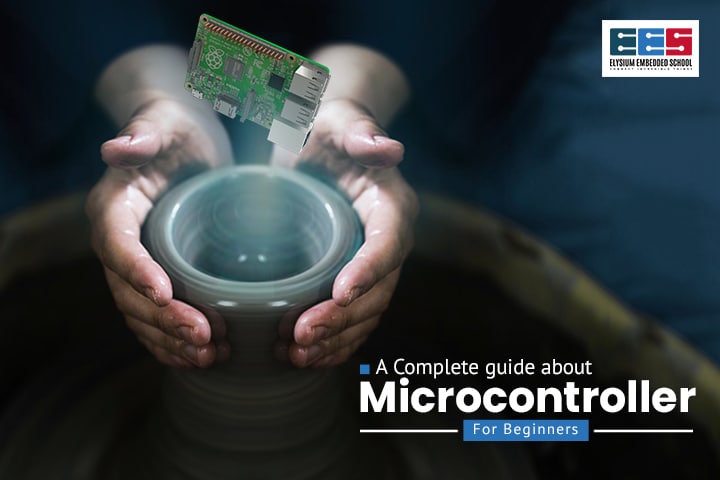
5 Most Powerful Ways Robotics Can Run the World
December 26, 2019
A Complete Guide About Microcontroller for Beginners
January 4, 2020In fact, the memory of Atmel AVR processors is one of its Harvard architecture in order to programming and data memory, which is separated to allow more faster access and enhance capacity. In addition, the AVR uses internal memory for a program and data storage using Learn to Program ATMEL Microcontroller.
There are four several types of memories in an Atmel AVR.
- Data memory: SRAM, registers, I/O register
- EEPROM
- Program flash memory
- Fuse bits
Some Applications of ATMEGA 32
- Temperature controlling systems
- Analog signal can manipulations
- Embedded systems such as vending machines and also a coffee machine
- Digital signal processing
- Motor control systems
- Peripheral interfacing system
Features of Atmel AVR
Each and every AVR is having some of its input/output ports. This port has up to 8 physical pins, which it is on the package. Each pin will be configured into as output and input. If the pin is utilized for input, it will turn into its resistors using register PORTx. If the pins configure into its output, it will handle up to 40mA of load per pin and also max 100mA for entire pins on the ports.
| CPU | 8-bit AVR |
|---|---|
| Several Number of Pins | 40 |
| Number of I/O pins | 32 |
| Operating Voltage (V) | +4.5 between +5.5 V (+5.5V being an absolute maximum) |
| Timer Module | Two 8-bit counters and also One 16-bit counter |
| Analog Comparators | 1 |
| DAC Module | Nil |
| ADC Module | 8 channels , 10-bit resolution ADC |
| Internal Oscillator | 0-8MHz Calibrated Internal Oscillator |
| PWM channels | 4 |
| RAM Bytes | 2KBytes |
| Program Memory Type | Flash |
| External Oscillator | 0-8MHz for ATMEGA32L |
Use of ATMEGA32
In this ATMEGA32 is simple to program AVR controller. With an appreciable program memory, it will satisfy the most embedded systems. With these several models, it can work on a mobile embedded system. There are many features with each and ever appreciating other we will implement ATMEGA32 in various controlling systems. Using this ATMEGA32 is more similar to the other microcontroller. It is simpler to them; it is not a plug and plays digital ICs. It is working of ATMEGA32 first we will require to save the appropriate programming file in this ATMEGA32 Flash memory.




